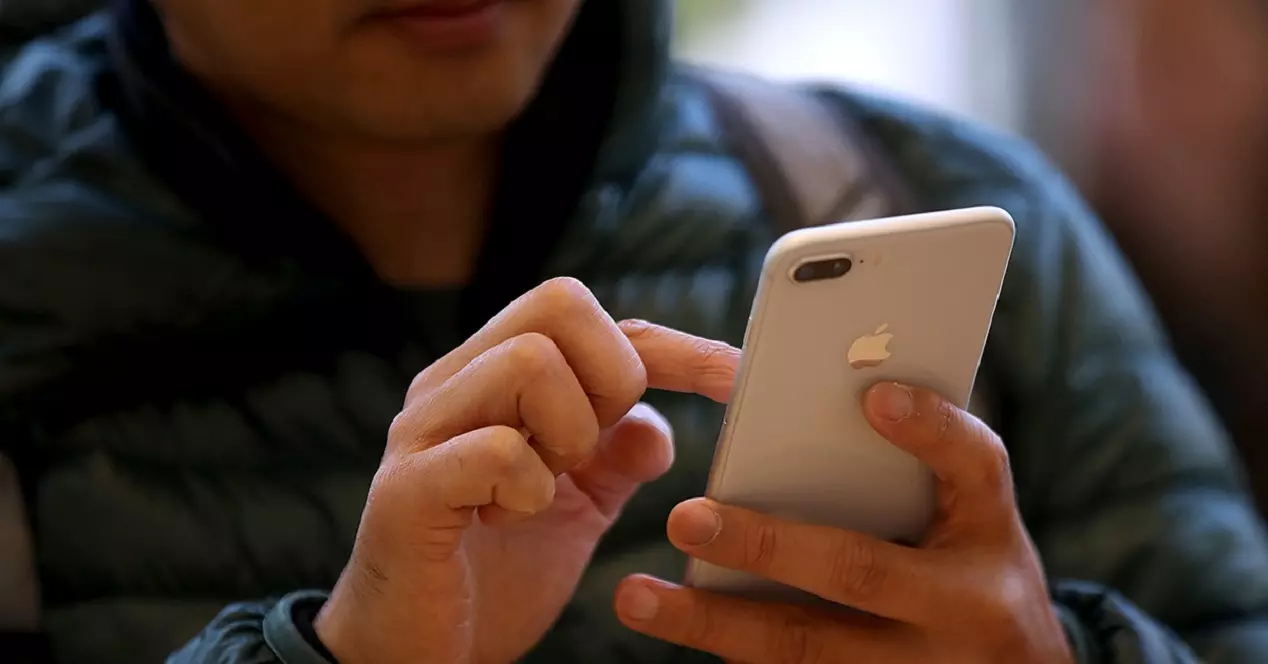If you’re wondering how to keep your iPhone in pristine condition for as long as possible, one of the simplest yet effective strategies is to turn your iPhone off and on. In this article, we’ll delve into the appropriate way to perform this practice and highlight the benefits it brings beyond just resolving occasional issues.
What Happens When You Turn Off the iPhone?
When you power off your iPhone, a series of internal processes are set in motion, which can significantly impact its long-term performance. Firstly, your device’s RAM gets a “clean slate,” creating more room for efficient operations. This process terminates and closes all background-running apps, essentially giving your device a fresh start.
This fresh beginning not only enhances device speed but can also address problems like apps unexpectedly closing or malfunctioning. By shutting down and clearing background apps, your iPhone gets the chance to operate smoothly, leading to an improved user experience.
Restarting iPhone as a Security Practice
Restarting your iPhone goes beyond performance enhancement; it’s also a security practice. Surprisingly, cycling your device on and off can help thwart security breaches and phishing attacks. Phishing attacks, especially targeted ones like those using advanced spy tools like Pegasus, aim to obtain specific user information.
While restarting your iPhone isn’t a foolproof defense against cyberattacks, it does eliminate potential vulnerabilities or hidden security issues that might be lurking in the background without your knowledge.
How Often Should You Restart Your iPhone?
The ideal frequency for restarting your iPhone is a subject of discussion. Some experts suggest that if your device is trouble-free, you can leave it on continuously without concern.
However, most experts agree on the importance of periodic restarts. The frequency can vary, but as a general rule, it’s advisable for most people to consider restarting their iPhones at least once a week. The need for restarts can be influenced by the age of the device. Newer iPhones, which typically run smoothly, may require fewer reboots. On the other hand, older iPhone models may experience performance issues more frequently, necessitating more frequent restarts.
Whether you choose to power off and on your iPhone weekly or monthly, the key takeaway is recognizing the importance of this simple act. Regular restarts can resolve performance issues you might not even be aware of, all within a few minutes.
In conclusion, maintaining your iPhone’s performance and security can be as easy as the occasional reboot. Make it a part of your device-care routine, and you’ll enjoy a smoother and more secure iPhone experience.

